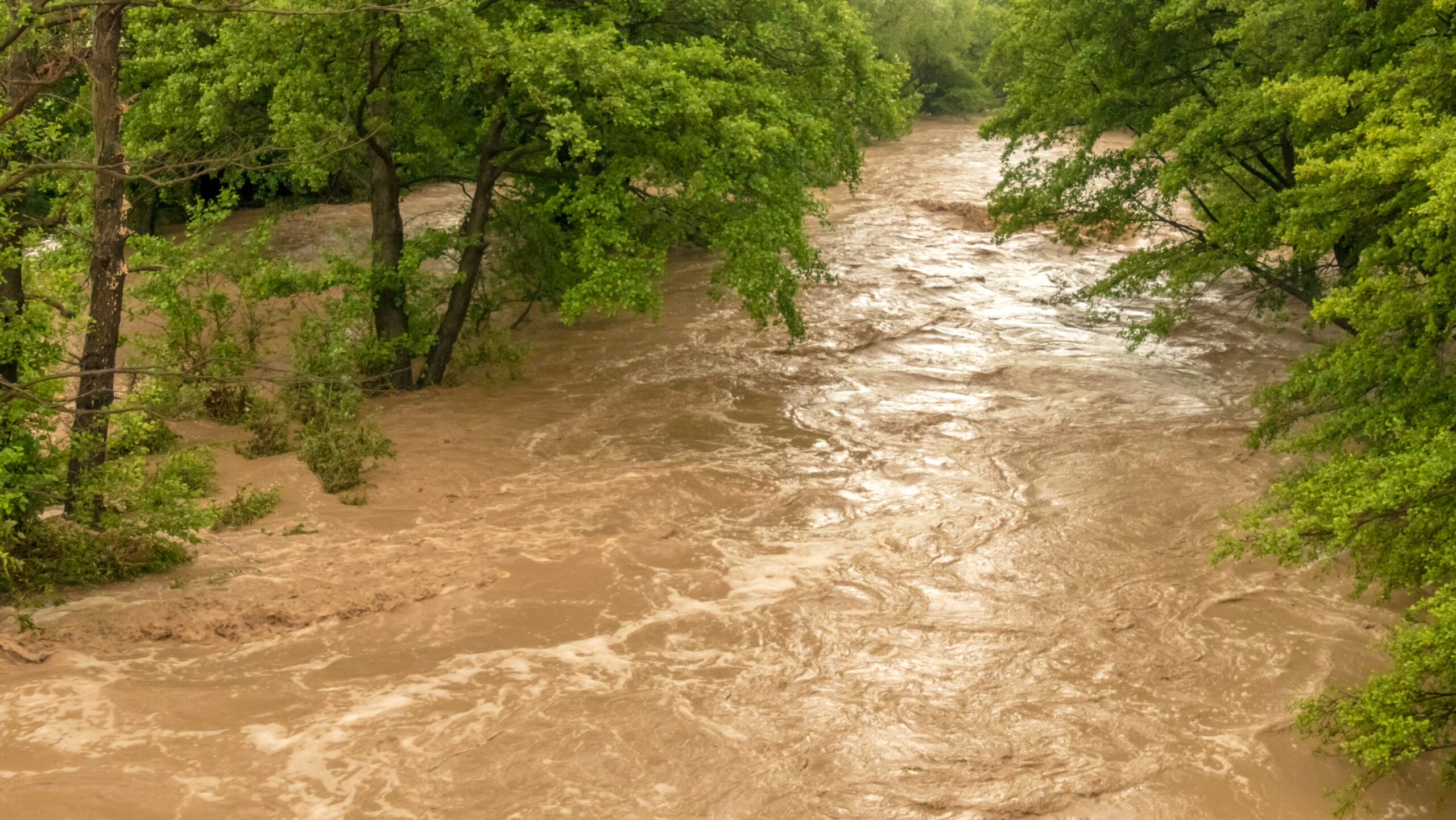
03 Jan Catastrophes – Who Is Affected and Where Do They Happen?
“Nothing brings out an agent’s mistake as quick as a catastrophe” is a common saying in the E&O world. I am not sure who first said it, but I have repeated it hundreds of times because it is true.
Think about it. If a customer suffers a loss, what are the chances that there is a mistake in that file? It’s possible but not likely. Now, what if 200 customers suffered a loss (as a result of a catastrophe)? What are the chances of a mistake in at least one of those files? Certainly, the odds are higher.
What happens when a catastrophe strikes? A substantial number of people, unfortunately, suffer a loss. You may think, “that is true, but that could never happen to our agency. We don’t get hit with catastrophes.”
Think again. A November 17 Insurance Journal article reported that 90% percent of the counties in the United States suffered a weather disaster between 2011 and 2021. Some of those counties repeatedly suffered from as many as 12 federally-declared disasters over 11 years. The “90% of those counties” affected more than 300 million people – 93% of the country’s population. California, Mississippi, Oklahoma, Iowa, and Tennessee had the most disasters (at least 20 each), including severe storms, wildfires, flooding, and landslides.
The article did not go into finite detail on the losses incurred. However, there is a good chance that some losses were not insured (flood is a common example) and other losses involved where the insurance was insufficient to cover the full extent of the loss.
A suggested approach is to manage your accounts “assuming” a catastrophe will occur, causing your client a loss. Is there an exposure that is not insured? Does valuation reflect current construction costs, etc.? This is why there is another popular saying: “Proper handling of an exposure analysis checklist (new and renewal) is the closest thing to a silver bullet in preventing E&O claims.” An estimated 60%+ of all E&O claims (industry-wide) are prevented with a completed exposure analysis checklist.
Certainly, no one wants a catastrophe to occur, but as history has taught us, whether we want it or not does stop it from happening. How many uninsured losses would occur if a catastrophe were to occur in 2023 and affect your clients? Taking the proper action now will hopefully reduce that number to ZERO.


